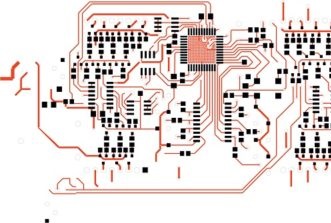This website uses cookies so that we can provide you with the best user experience possible. Cookie information is stored in your browser and performs functions such as recognising you when you return to our website and helping our team to understand which sections of the website you find most interesting and useful.
AI Innovates Acoustic Metamaterials
Researchers in Korea have made a groundbreaking advancement in noise reduction technology by utilizing an evolutionary deep learning-based inverse design method to create a sophisticated acoustic metamaterial.
The Ventilated Acoustic Resonator (VAR) metamaterial, developed at Pusan National University, serves a dual purpose of reducing noise pollution while providing ventilation. Traditional analytical methods are limited to simple parametric designs and are inadequate for VARs with intricate shapes. The researchers at Pusan introduced a deep-learning-based inverse-design method that enables the flexible design of complex non-parametric VARs with enhanced performance, all while reducing computational expenses.
Noise pollution has become a prevalent issue in urban areas due to factors like traffic, construction activities, and industrial operations. While various noise reduction techniques exist, such as physically obstructing sound waves and employing active noise control, these methods can impede ventilation. This dilemma has prompted the exploration of innovative solutions like the VAR metamaterial.
Acoustic metamaterials (AMs) have garnered significant attention as a potential remedy for noise pollution, thanks to their unique acoustic properties. The VAR, a ventilated acoustic resonator, has emerged as a promising concept capable of manipulating sound waves and airflow using geometric configurations. By incorporating a waveguide that directs sound waves to a resonant cavity, the VAR effectively traps and blocks noise across a broad frequency range while maintaining ventilation.
Associate Professor Sang Min Park from the School of Mechanical Engineering at Pusan highlighted the research team's novel approach, stating, “We proposed a latent-space exploration strategy that searches for broadband VAR with the target frequency through genetic algorithm-based optimization. Compared to conventional methods, our approach allows for high design flexibility while reducing computational costs.”














